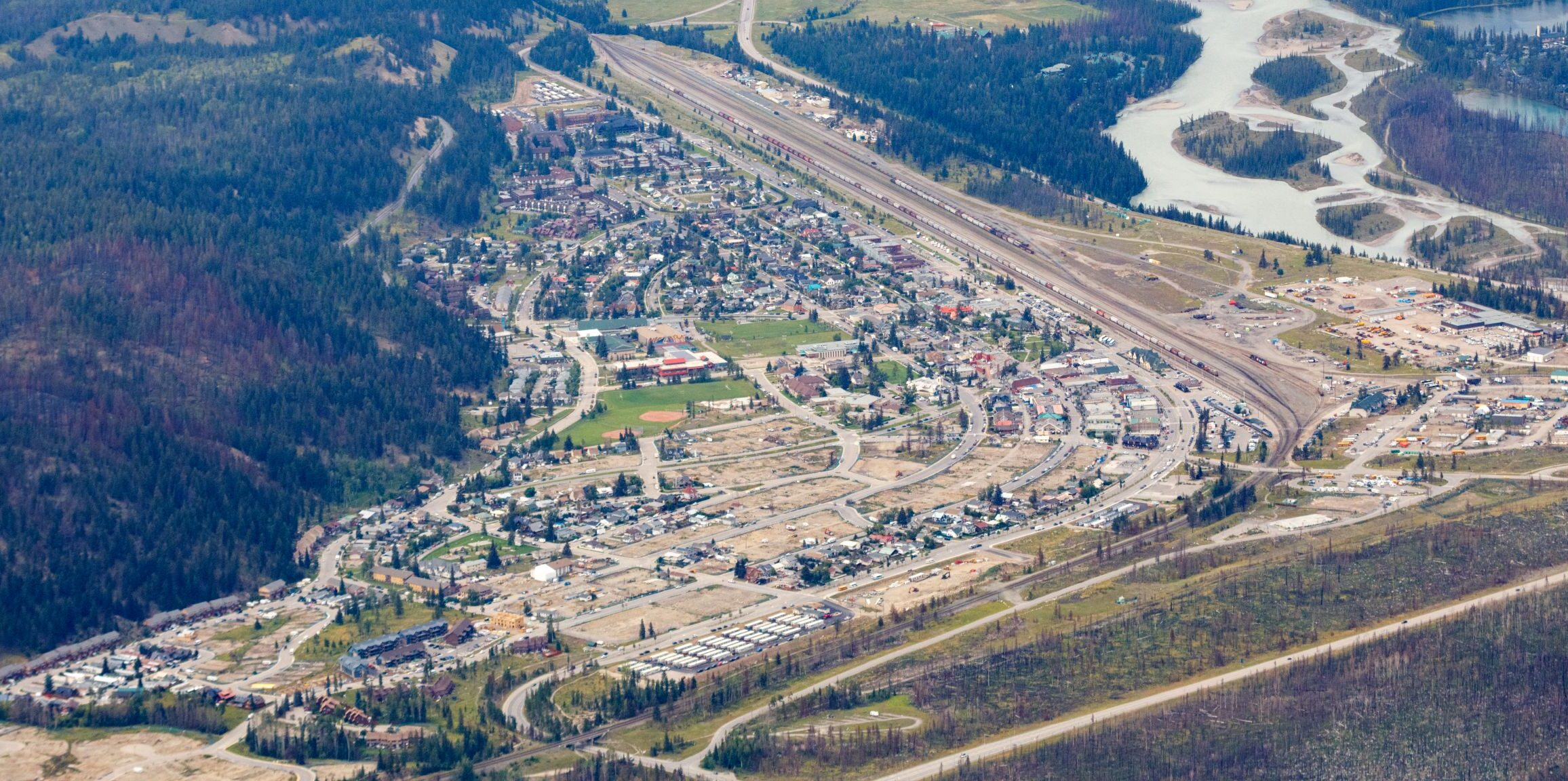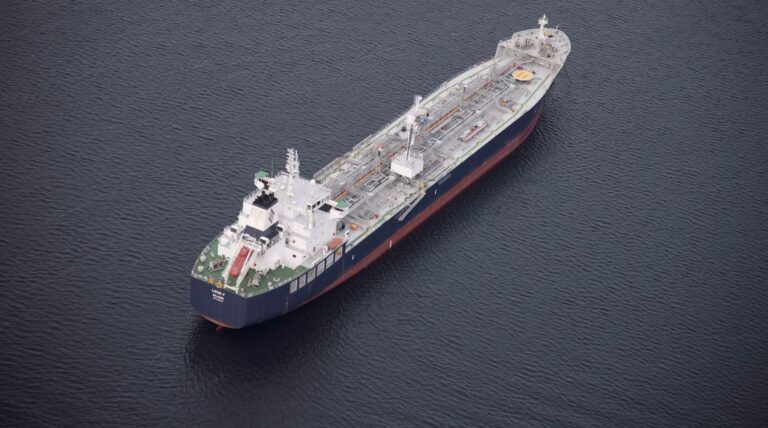Catastrophic weather events in 2025 marked another year of escalating climate change across Canada. Understandably, media and public attention has focused on the severe health and property impacts from climate change-driven extreme heat, widespread flooding, and the country’s second-worst wildfire season on record.
Far less attention, however, has been paid to the growing losses and risks for Canadian productivity and competitiveness that climate change and extreme weather have wrought, along with the rising financial and fiscal costs.
Economic research and Canada’s extreme weather experiences clearly demonstrate the need for much greater and more effective climate adaptation spending and investment. Increased and better adaptation is foundational to reducing climate change vulnerability and achieving greater Canadian economic resilience and success.
Inadequate adaptation in Canada’s policy reset
While mitigation refers to preventing or reducing greenhouse gas emissions that drive climate change, adaptation involves actions to protect, or to lessen the impacts to, people, communities, businesses and infrastructure from climate change and extreme weather.
Canadian expenditures on adaptation remain a small fraction of those on mitigation, despite the strong merits of more funding and extensive information available to implement action.
Adaptation is not mentioned in the One Canadian Economy Act, Bill C-5, the new legislative framework for major project approvals. It has not featured in any large-scale initiative since Bill C-5’s passage, nor has it been a focus to date of Ottawa’s pre-budget narrative.
Large and increasing economic costs
Extensive international and Canadian research shows that climate change and catastrophic weather reduce output, or Gross Domestic Product (GDP), through negative supply and demand shocks.
Catastrophic weather events diminish productivity and output through multiple channels, beginning with decreasing an economy’s supply capacity with its existing stock of labour, capital and land. Damage to transportation, utility and communication networks disrupts business operations, distribution channels and supply chains. Extreme weather limits labour’s access to workplaces due to commuting challenges and community disruptions.
Catastrophic weather also reduces supply by decreasing the quantity and quality of physical capital and labour. It damages or destroys commercial buildings and equipment, and accelerates depreciation. Extreme heat reduces workers’ cognitive and physical capacity, while heat stress and wildfire smoke increase absenteeism.
Climate disasters lessen investment, consumption and other sources of demand, further decreasing GDP as the harm to capital, labour and output reduces business and household incomes.
These productivity and output repercussions go beyond the short term. Extreme weather events have compounding long-term effects that can persistently reduce productivity. Delays in restoring physical capital mean that output losses can continue for years. Rebuilding requires funding that could otherwise be used to increase productive capacity.
Fiscal and other financial costs exacerbate these productivity losses.
Governments face rising acute costs of assistance and infrastructure repairs during and after catastrophic weather events, alongside the growing need to invest more consistently in strengthening infrastructure resilience.
Businesses confront escalating insurance costs, higher repair and replacement outlays, and reduced workforce productivity. Firms face greater uncertainty in production, distribution and supply chains, as their resources are diverted away from growth and innovation.
Catastrophic weather impacts in Canada
In 2024, Canadian climate-related disasters pushed insured catastrophic losses to a record $9.2-billion, with uninsured losses estimated at roughly three times that amount.
Extreme weather across Canada has damaged or destroyed homes, communities and businesses; displaced hundreds of thousands of residents; disrupted transportation and energy grids; and caused billions in economic losses. These events repeatedly demonstrated how climate hazards threaten lives, livelihoods and productivity while inflicting rising costs on individuals, firms and governments.
A review of select major Canadian floods, wildfires and extreme heat events in just the past 12 years illustrates their increasing frequency, intensity and rising economic costs.
- Calgary flood (2013): Over 100,000 people displaced; five deaths; 5.1 million work hours lost; $7.5 billion in economic costs (including $2.5 billion in government spending).
- Toronto floods (2013 and 2024): Transit systems, office towers, and homes flooded; over $1.5 billion in economic losses in 2013; similar impacts in 2024.
- Fort McMurray wildfire (2016): 80,000 people displaced; 2,900 structures destroyed; 8.5 million work hours lost; $10 billion in economic losses.
- B.C. heat dome (2021): 619 people died; 651,000 animal deaths; widespread agricultural and power disruptions; over $10 billion in economic losses.
- Nova Scotia flood (2023): Four deaths; 29 bridges destroyed; 80,000 properties without power; approximately $500 million in economic losses.
- Quebec floods (2024): Over 70,000 insurance claims for damage to homes, vehicles, businesses and infrastructure; $2.75 billion in insured losses and government aid.
- Jasper wildfire (2024): 358 homes and businesses damaged or destroyed; critical infrastructure damaged; tourism seriously disrupted; $1.46 billion in economic losses.
The staggering costs of more severe and costly climate disasters each year underscore Canada’s urgent need for sustained, strategic spending and investment in climate adaptation.
Climate adaptation: A core policy need
In the face of this accelerating crisis, adaptation offers numerous economic and financial advantages. A range of actions are strongly recommended to help achieve these benefits.
Productivity and competitiveness. Adaptation improves infrastructure resilience, supply chain reliability and workforce durability. Recommended initiatives range from conducting climate risk assessments in high-exposure sectors (e.g., agriculture) and upgrading critical infrastructure, to improving business continuity planning and training workers to manage climate risks.
At the economy-wide level, co-developing adaptation strategies in coordination with private-sector stakeholders can help deliver practical and cost-effective solutions such as reinforcing infrastructure in flood- or wildfire-prone areas.
Financial. Increased spending on adaptation can yield up to $15 in economic benefits for each dollar invested – $5 in direct benefits from reduced repair and replacement costs, and $10 in economy-wide indirect benefits, such as avoided disruption of supply chains and lesser declines in labour productivity.
Fiscal. Strategic investment in climate adaptation strengthens government finances by reducing the extent and costs of emergency relief, health interventions and infrastructure repairs. Important measures include weatherproofing critical infrastructure, strengthening energy grids, protecting transportation networks and improving worker safeguards for heat and poor air quality. Public adaptation spending should be paired with private-sector investment to share risk and encourage resilience.
Housing. About 10 per cent of Canadian homes in high-risk flood zones are no longer eligible for home insurance. Some lenders are restricting mortgages in these areas as well. Adaptation requires building homes with proper protective measures in place, avoiding floodplains and wildfire-prone areas, and retrofitting existing homes to reduce risk.
Autonomy, resilience and security. Adaptation investment strengthens national defence by funding projects that protect transportation networks, energy grids and hospitals from extreme weather shocks. These investments align with Canada’s 2030 NATO goals for security, continuity and disaster readiness. Significant actions needed include integrating climate resilience into critical infrastructure planning and design, emergency response systems and military support operations.
Valuing and accounting for natural infrastructure and ecosystem services. Habitats such as wetlands, forests and grasslands provide essential services for adaptation (e.g., flood and heat regulation) and mitigation (e.g., carbon storage, air filtration). With at least 55 per cent of the economy dependent on nature, recognizing natural capital’s value is essential for productivity and competitiveness.
Yet federal, provincial and most local government accounts do not reflect natural infrastructure’s value, facilitating its degradation and depletion and undermining adaptation. Embedding natural capital accounting into financial and regulatory frameworks protects these assets at a fraction of the cost of replacing them later, delivering immediate and long-term benefits.
Looking ahead, greater climate adaptation investment and long-overdue accounting changes are no longer just options to consider. They are necessities for Canada’s economic success.
Making adaptation a core pillar of Canada’s economic strategy will help ensure that our housing, infrastructure and major projects are better able to withstand climate risks, and support long-term economic resilience and security.













